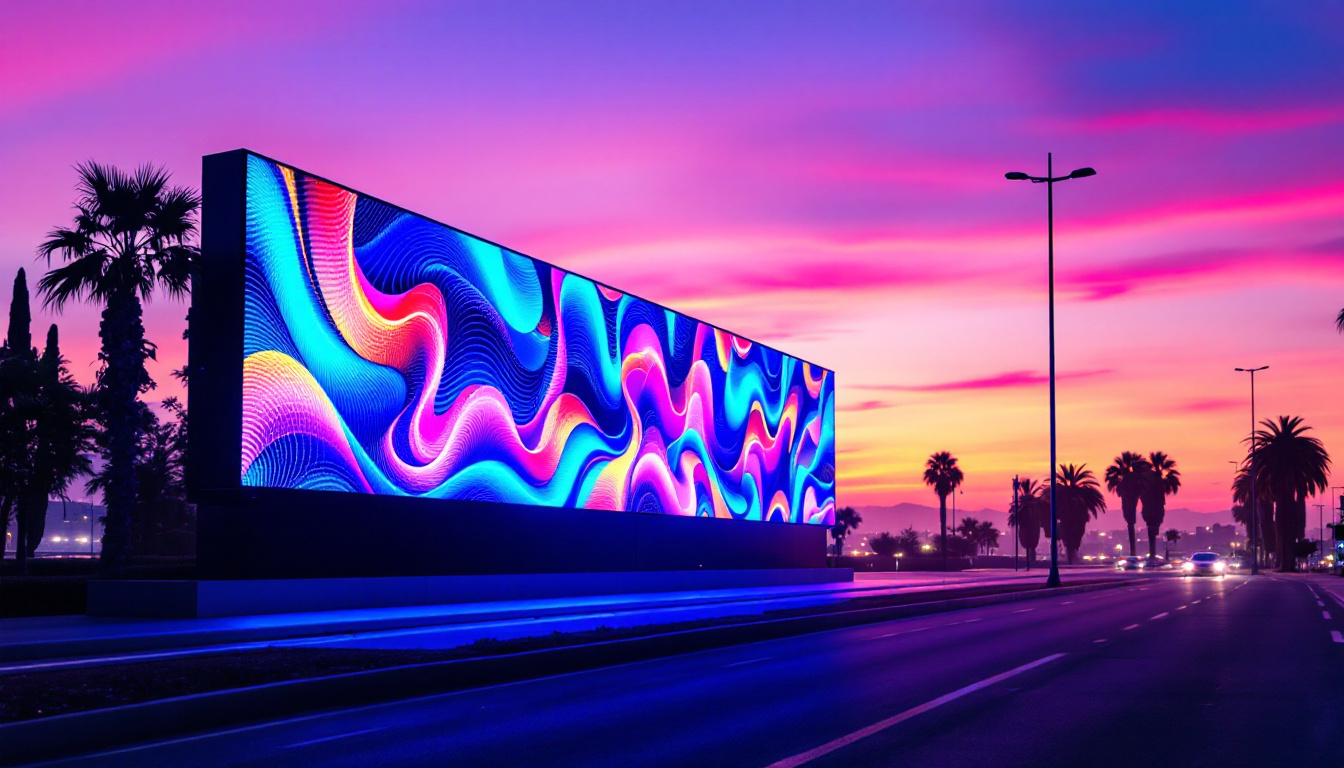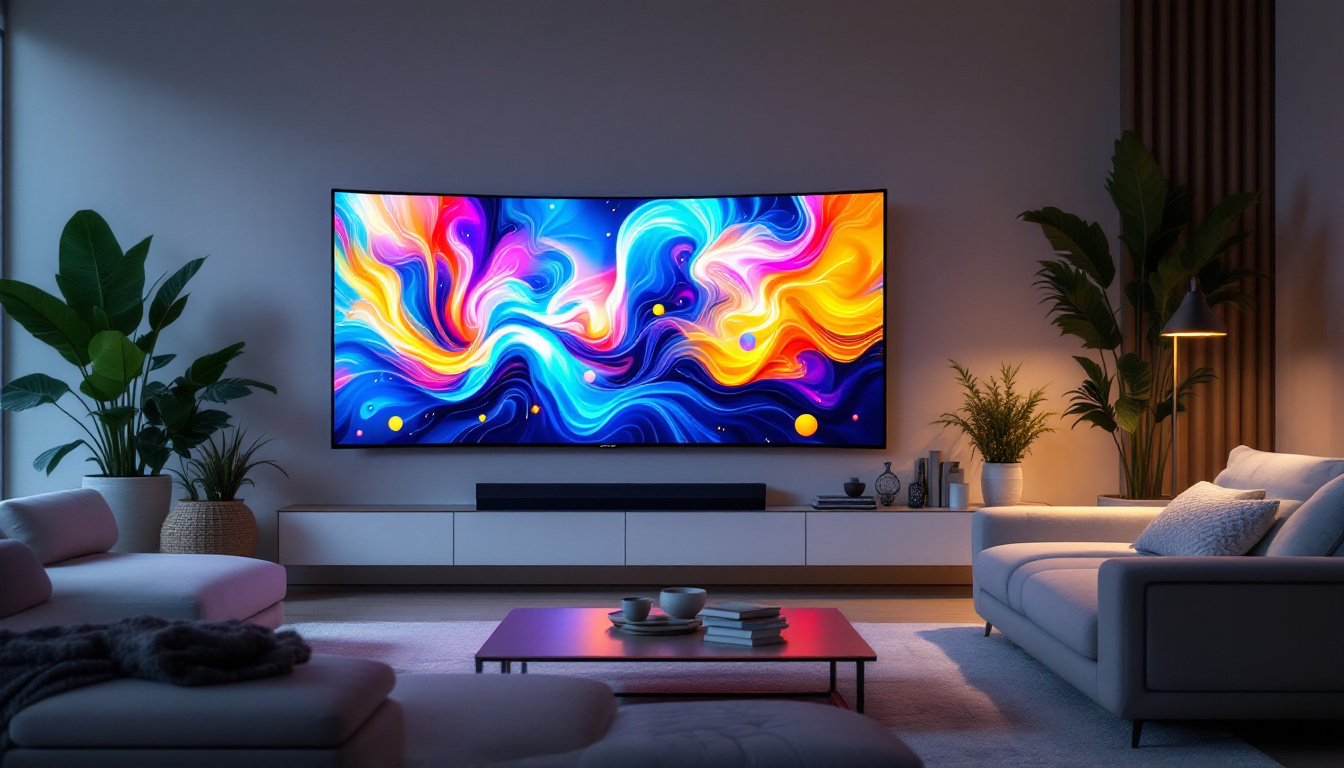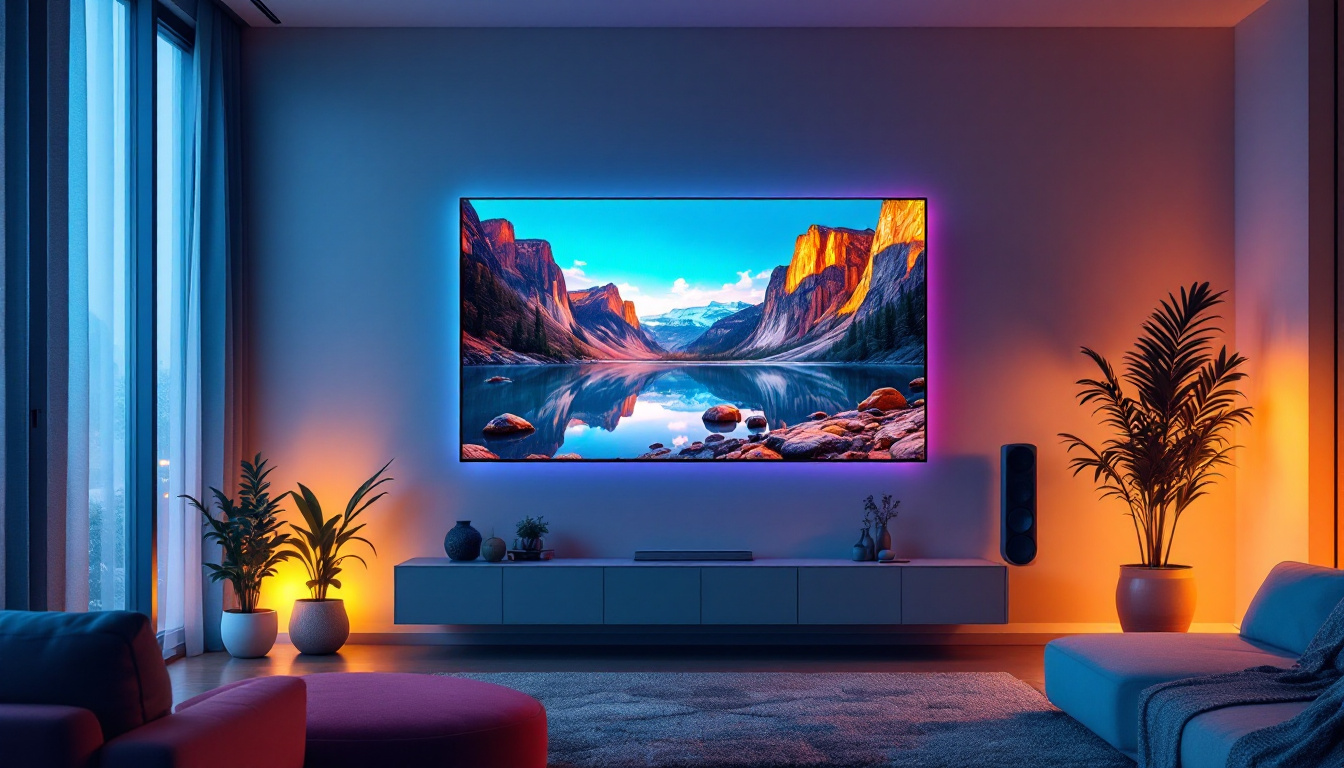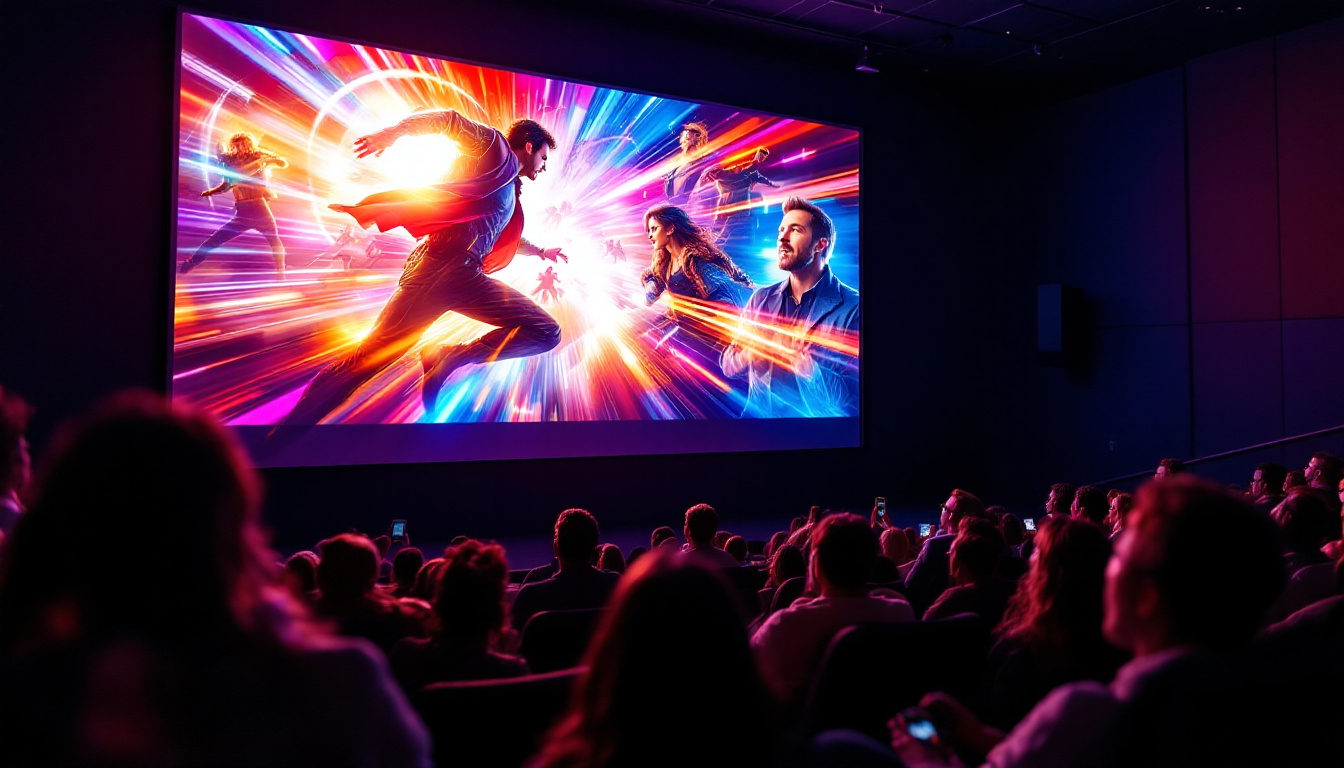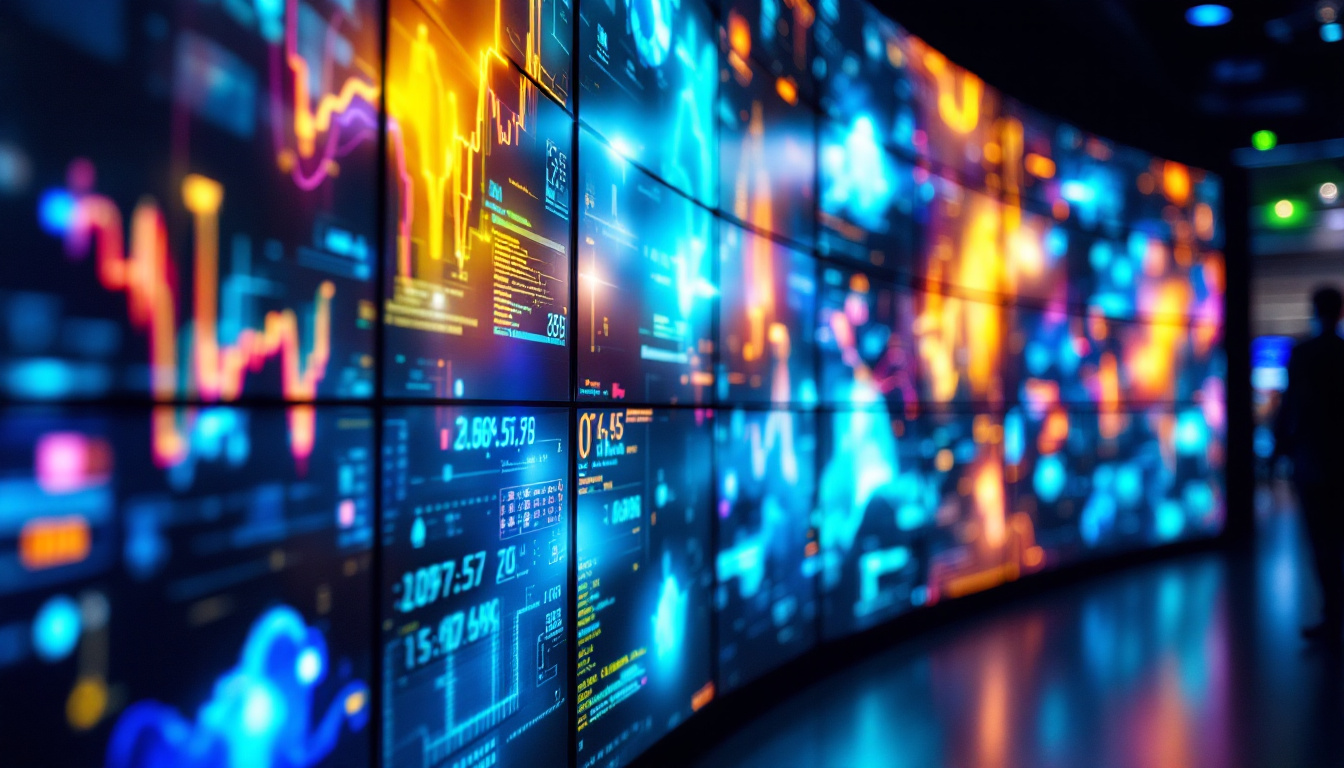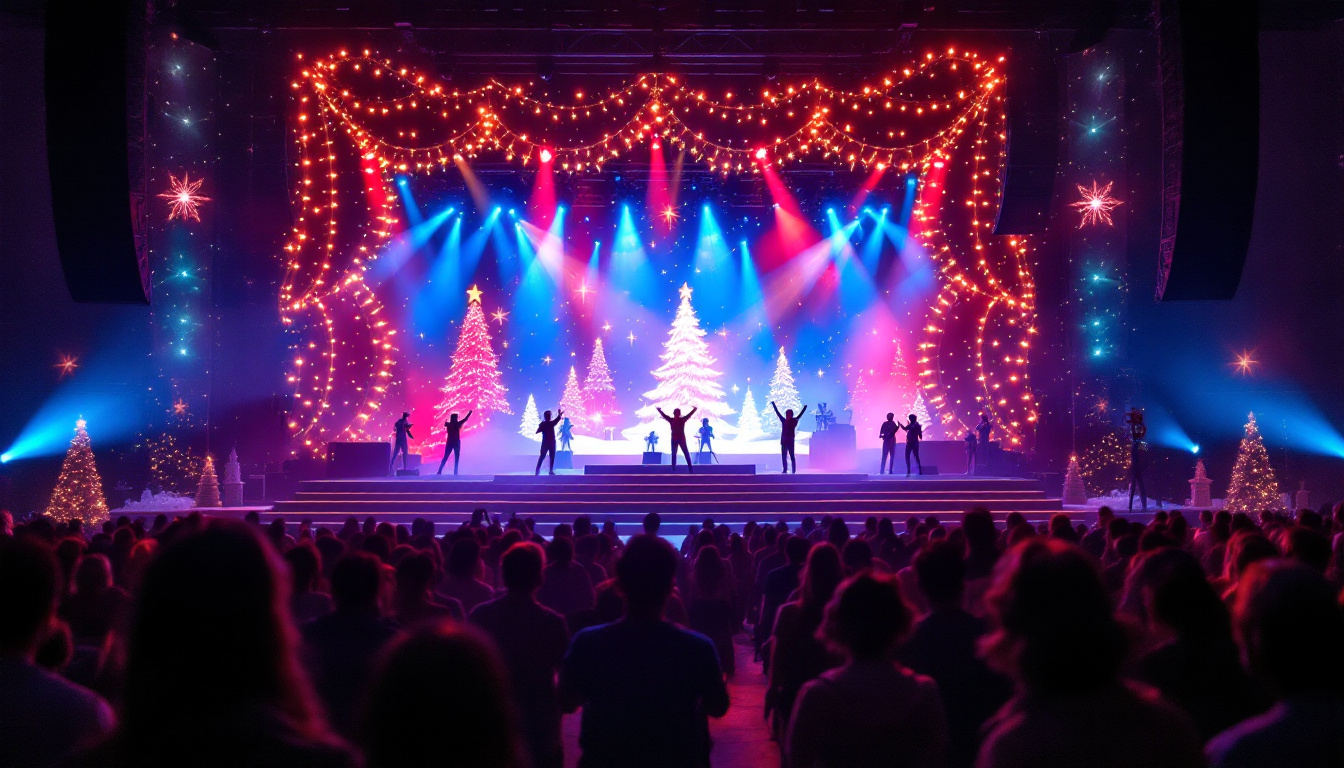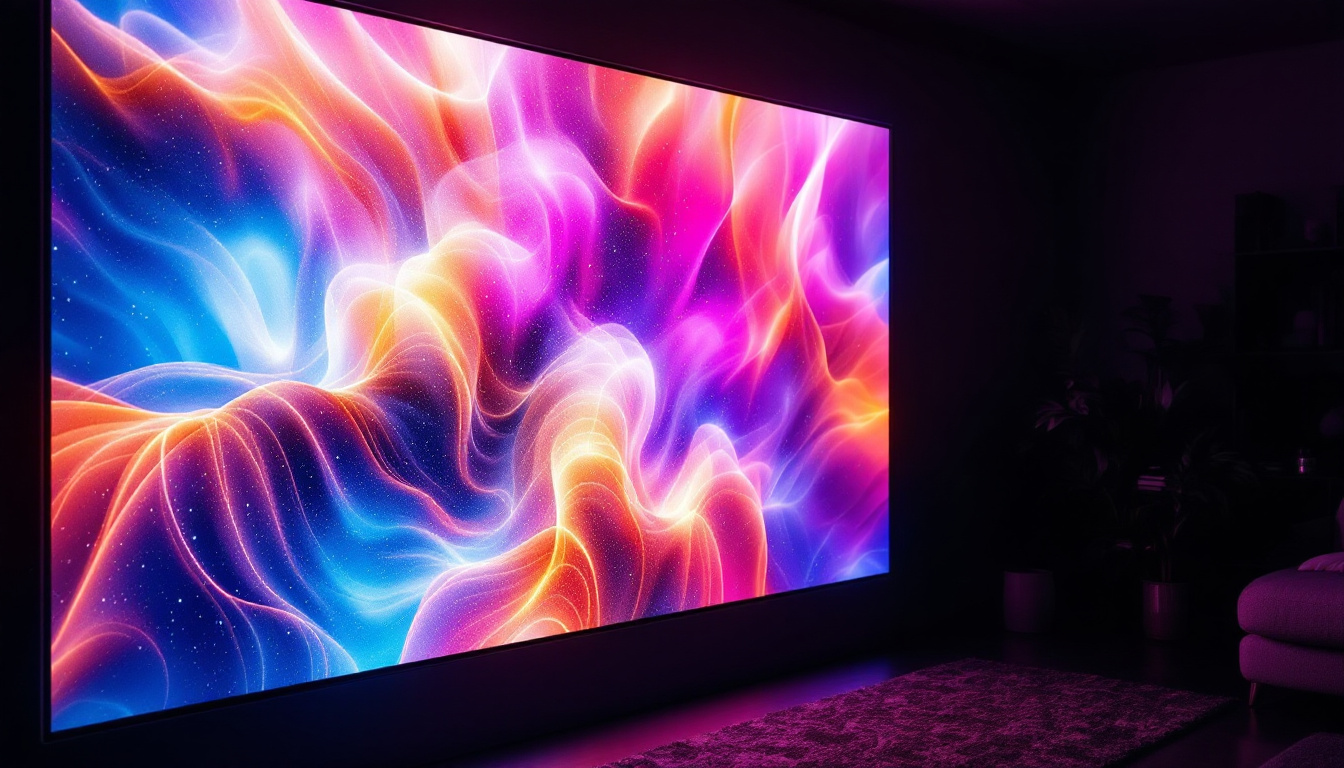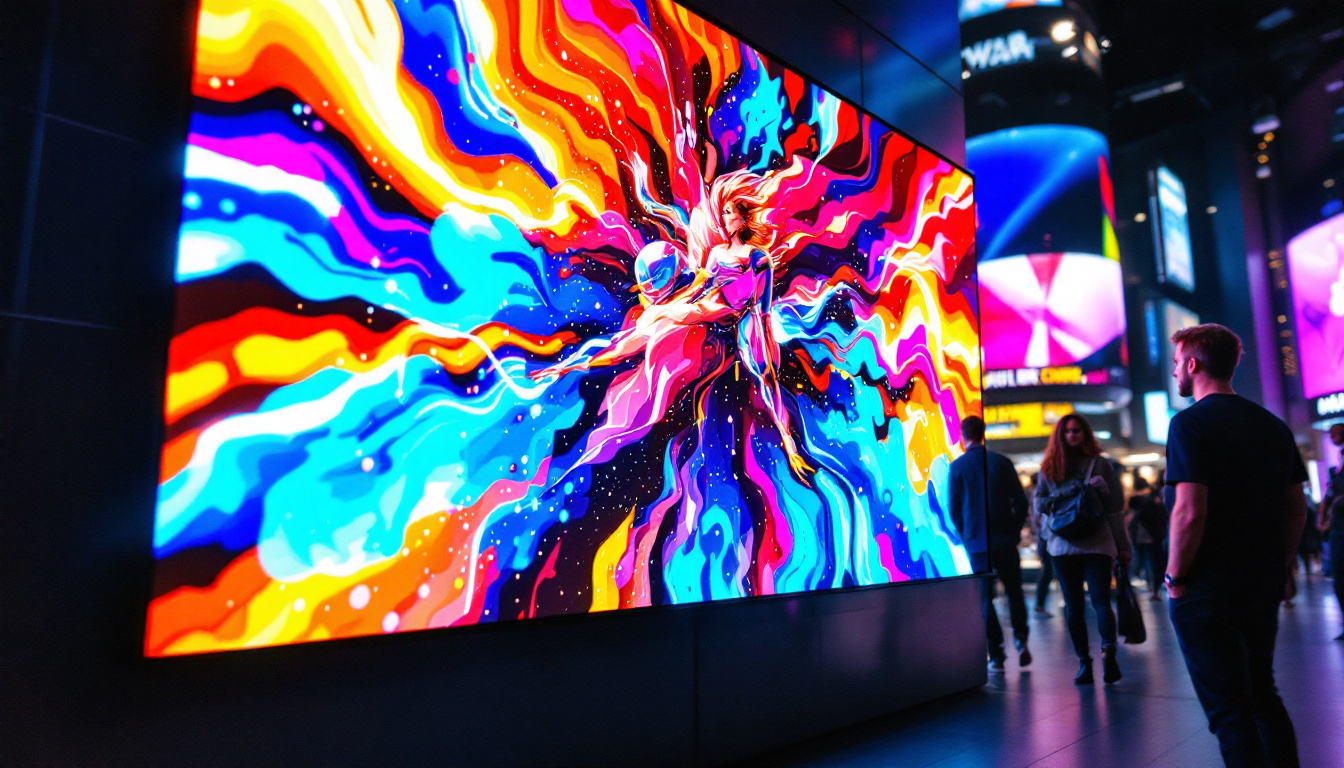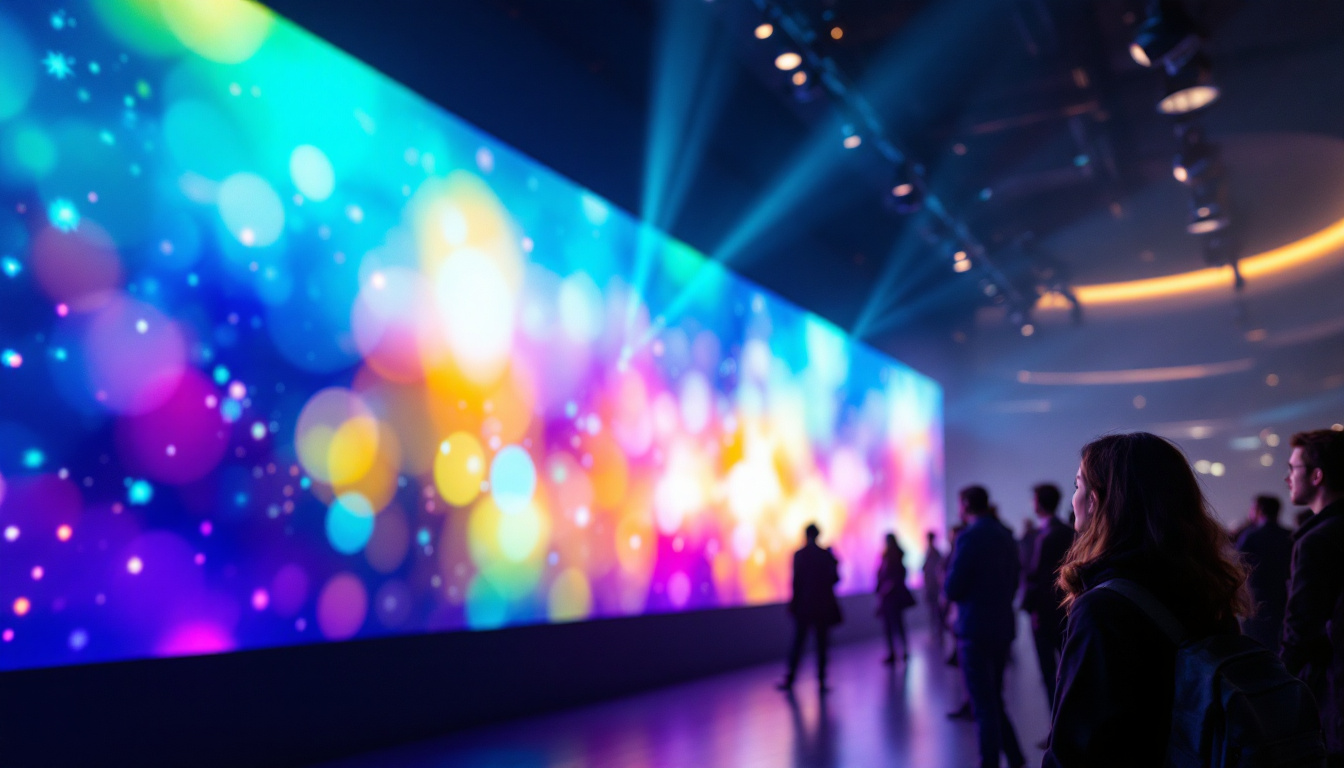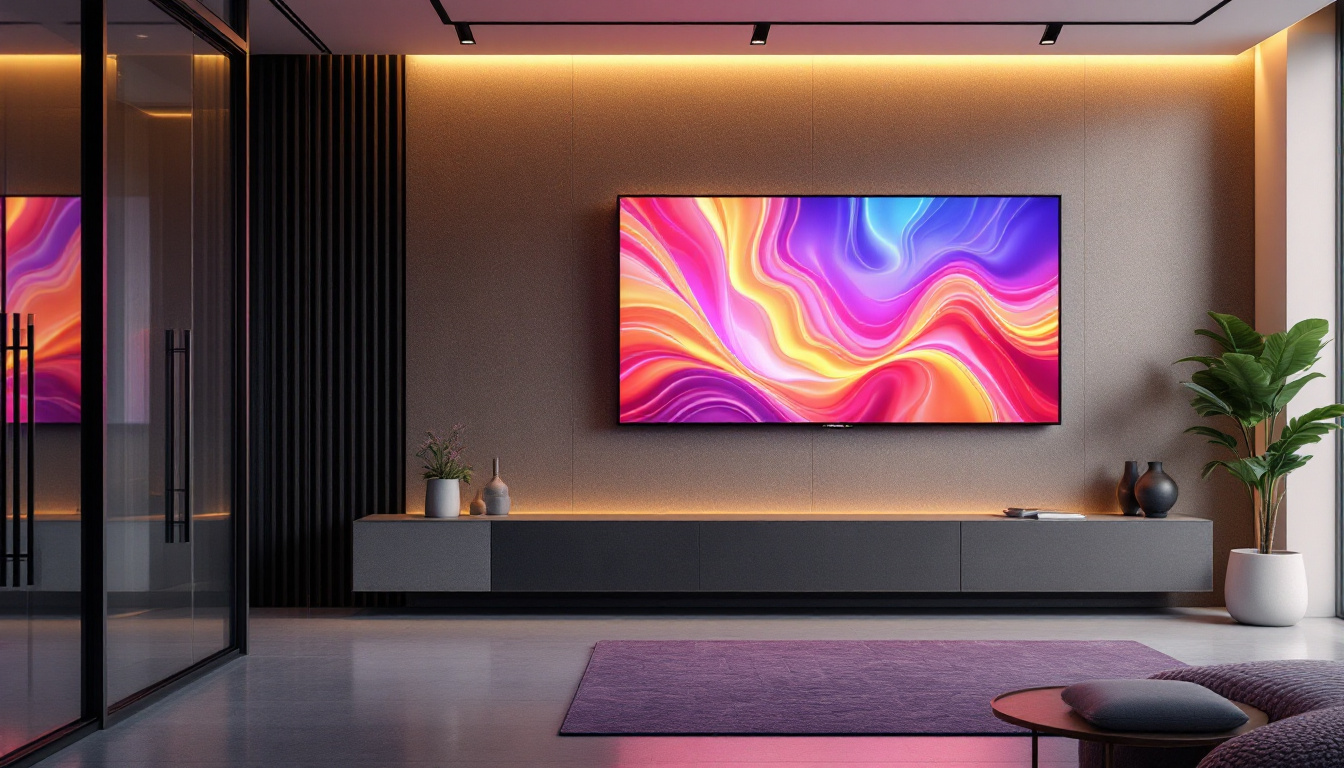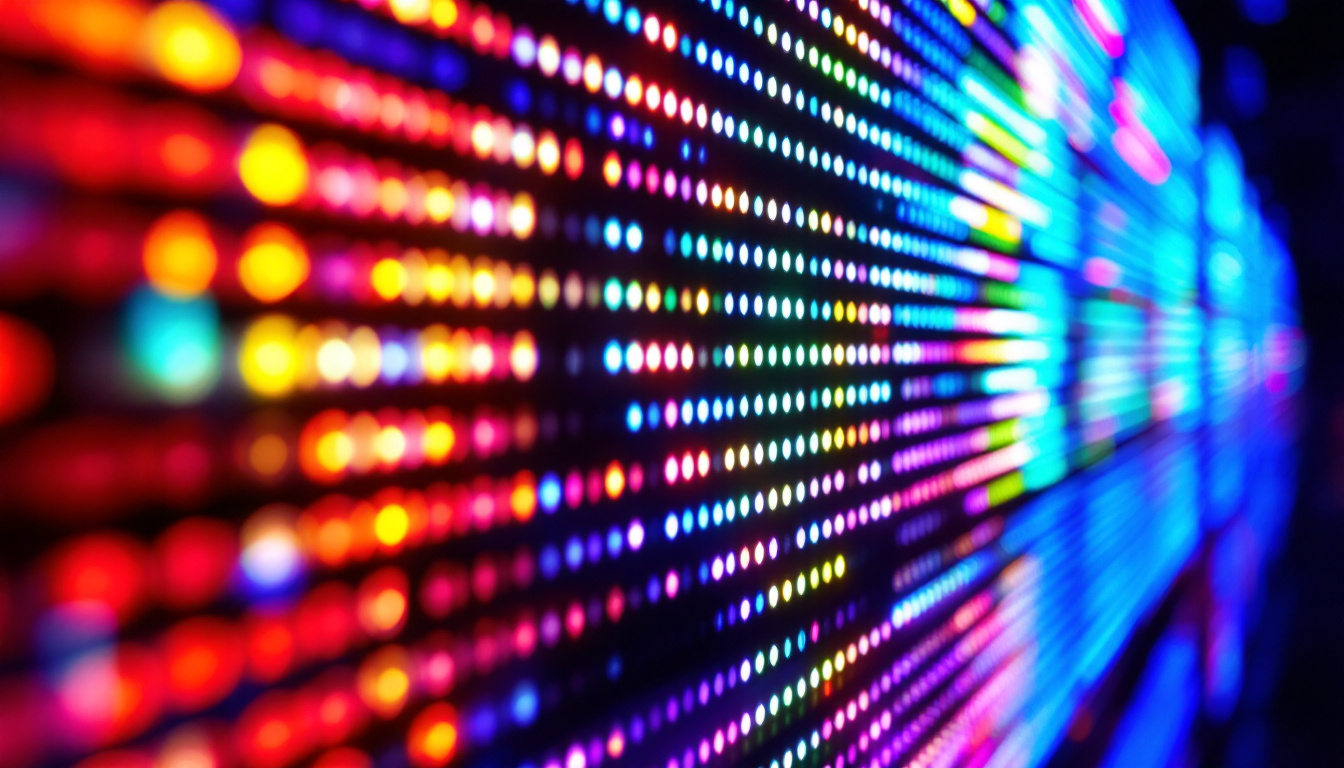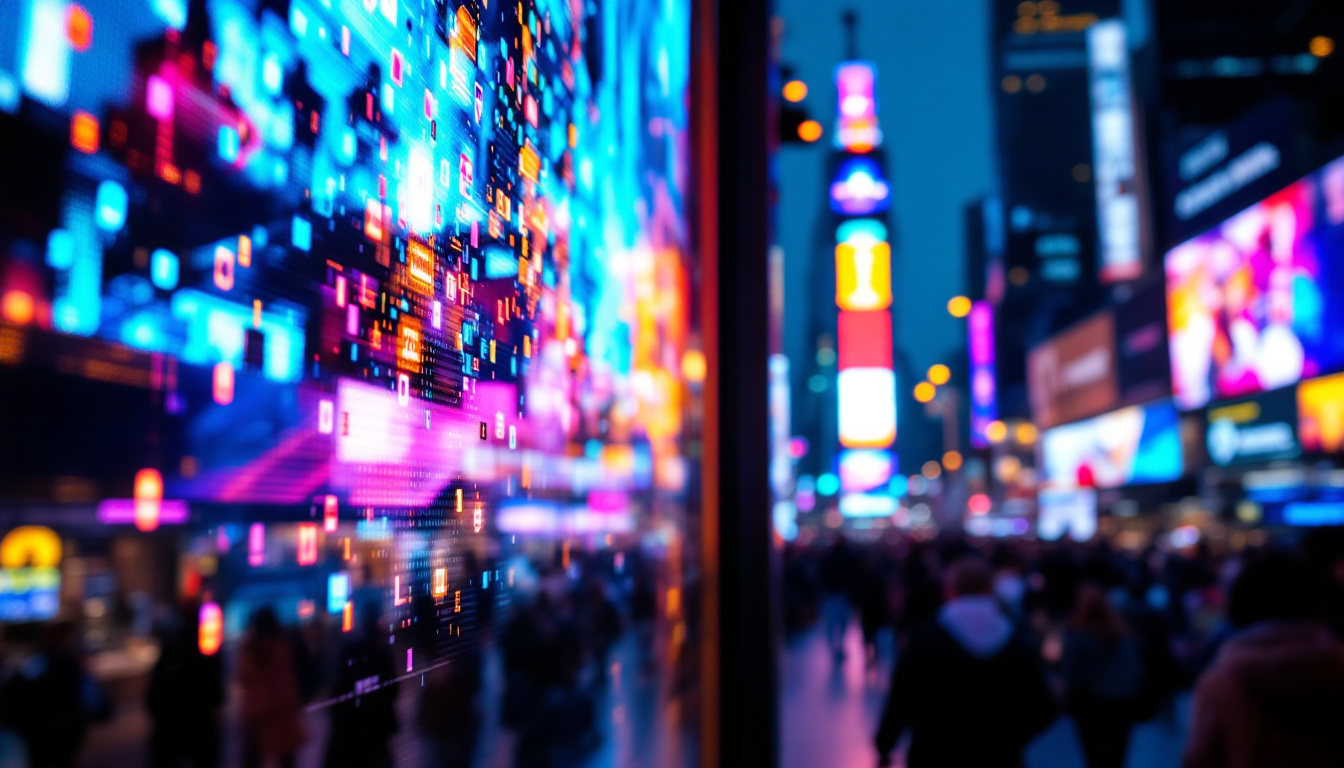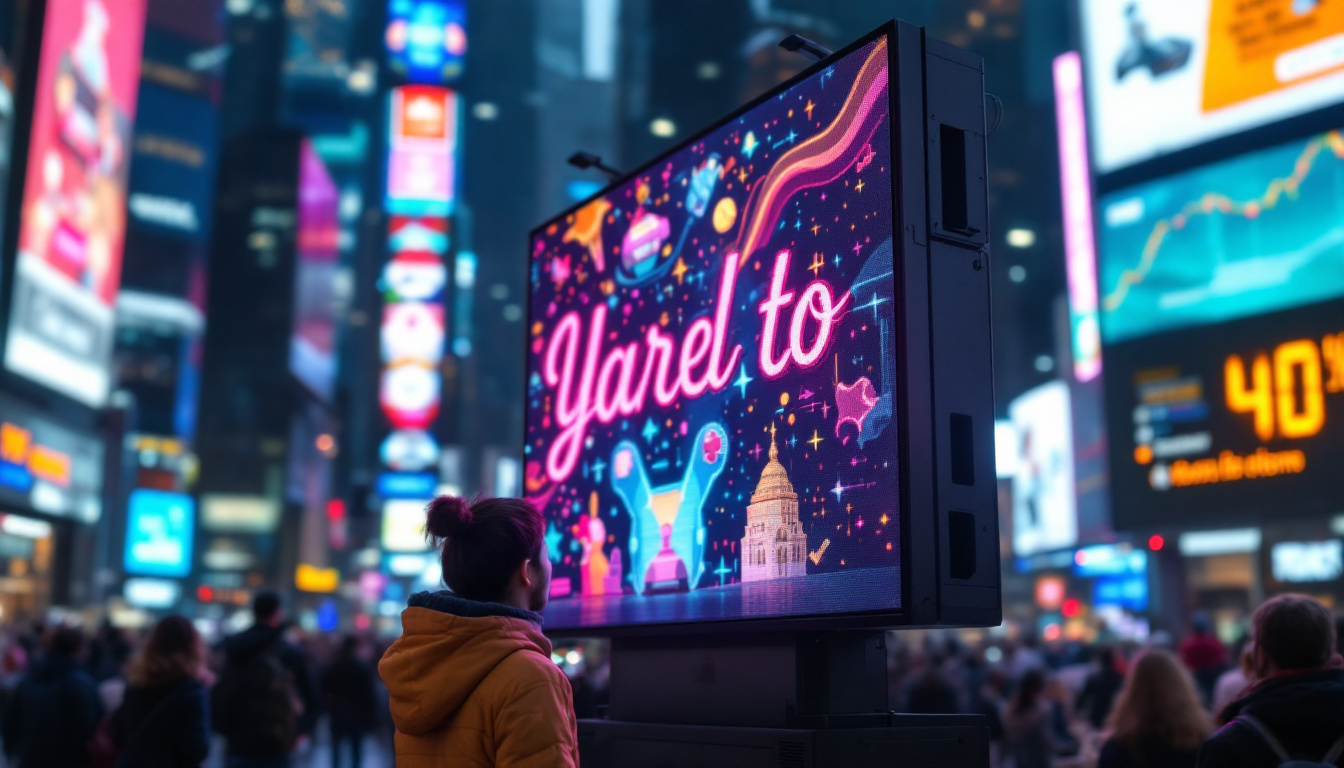In today’s visually driven world, LED displays have become an integral part of advertising, information dissemination, and entertainment. From the dazzling billboards in Times Square to the digital menus in local cafes, LED panels are everywhere. But what exactly are LED panels, how do they work, and why have they become the preferred choice for so many applications? This article dives deep into the world of LED panels, explaining the technology, benefits, types, and practical uses of LED displays.
Understanding LED Panels: The Basics
What is an LED Panel?
LED stands for Light Emitting Diode, a semiconductor device that emits light when an electric current passes through it. An LED panel is essentially a flat display screen made up of hundreds or thousands of these tiny LEDs arranged in a grid. Each LED acts as a single pixel, and by controlling the brightness and color of each pixel, the panel can display images, videos, or text with remarkable clarity and vibrancy.
Unlike traditional LCD screens that rely on backlighting, LED panels produce their own light, which results in higher brightness levels and better contrast ratios. This self-illumination property makes LED panels highly visible even under direct sunlight, a crucial advantage for outdoor applications.
How Do LED Panels Work?
LED panels operate by switching individual LEDs on and off at varying intensities to create the desired image. These LEDs can be monochrome (single color) or full-color (red, green, and blue diodes combined) to produce a broad spectrum of colors through additive color mixing.
The control system behind the panel sends signals to each LED, determining its brightness and color in real time. Modern LED panels often use advanced driver ICs (integrated circuits) and controllers that enable high refresh rates, ensuring smooth video playback without flicker.
Key Components of an LED Panel
Understanding the components helps appreciate the complexity and precision behind LED displays:
- LED Modules: These are the building blocks of the panel, each containing multiple LEDs arranged in a matrix.
- Driver ICs: Integrated circuits that control the current flowing through each LED to adjust brightness and color.
- Control System: The hardware and software that process input signals (video, images) and translate them into commands for the LEDs.
- Power Supply: Provides stable and regulated power to the LEDs and control electronics.
- Housing and Frame: Protects the internal components and provides structural integrity.
Types of LED Panels and Their Applications
Indoor vs. Outdoor LED Panels
One of the primary distinctions in LED panels is their suitability for indoor or outdoor use. This classification is based on brightness, pixel pitch, and durability.
Indoor LED Panels typically have a lower brightness range (around 800 to 1,200 nits) since they operate in controlled lighting environments. They feature finer pixel pitches—often between 1.2mm and 4mm—allowing for higher resolution and close viewing distances. These panels are common in conference rooms, retail stores, and indoor events.
Outdoor LED Panels must combat sunlight and weather conditions, so they are built with higher brightness levels (up to 6,000 nits or more) and rugged, weatherproof enclosures. Their pixel pitch is usually larger (4mm to 20mm), which suits longer viewing distances such as billboards, stadium screens, and transportation hubs.
Direct View LED vs. LED-backlit LCD
It’s important to differentiate between direct view LED displays and LED-backlit LCD screens. Direct view LED panels use LEDs as the actual pixels, offering superior brightness and contrast. In contrast, LED-backlit LCDs use LEDs only as a backlight behind an LCD panel, which can limit brightness and viewing angles.
For large-scale displays and outdoor applications, direct view LED panels are the preferred choice due to their scalability, brightness, and durability.
Flexible and Transparent LED Panels
Innovations in LED technology have led to the development of flexible and transparent LED panels. Flexible LED panels can be curved or bent, allowing for creative installations on irregular surfaces such as columns, ceilings, or vehicle wraps.
Transparent LED panels are designed with gaps between LEDs, enabling see-through effects. These are popular in retail storefronts and architectural applications where maintaining natural light and visibility is essential while still displaying digital content.
Advantages of LED Panels Over Other Display Technologies
Superior Brightness and Visibility
One of the most significant advantages of LED panels is their exceptional brightness. With peak brightness levels that can exceed 6,000 nits, LED displays remain visible even in direct sunlight, making them ideal for outdoor advertising and public information systems.
In comparison, LCD and OLED displays typically max out around 500 to 1,000 nits, which can be insufficient for outdoor environments.
Energy Efficiency and Longevity
LED technology is renowned for its energy efficiency. LEDs consume less power than traditional incandescent or fluorescent lighting, and even compared to other display types, they offer a favorable energy-to-brightness ratio. This translates to lower operating costs, especially for large installations that run for extended hours.
Additionally, LED panels have a long lifespan, often rated between 50,000 to 100,000 hours of operation. This durability reduces maintenance and replacement costs over time.
High Contrast and Color Accuracy
Because LEDs emit light directly, they can achieve true blacks by turning off individual pixels completely. This results in higher contrast ratios and more vivid colors compared to LCDs, which rely on backlighting and often suffer from light bleed.
The ability to display a wide color gamut makes LED panels particularly attractive for applications where image quality is paramount, such as digital signage in retail or broadcasting studios.
Scalability and Customization
LED panels are highly modular, allowing for easy customization in size and shape. Whether it’s a small indoor screen or a massive outdoor billboard, LED panels can be combined seamlessly to create virtually any dimension. This flexibility is unmatched by other display technologies.
Practical Applications of LED Panels
Advertising and Digital Signage
Advertising is one of the most prominent uses of LED panels. The ability to display dynamic, eye-catching content attracts more attention than static signs. According to industry reports, digital out-of-home advertising using LED displays has been growing at an annual rate of over 10%, driven by urbanization and technological advancements.
LED billboards and signs are commonly found in shopping centers, highways, airports, and sports arenas, providing advertisers with a versatile platform to engage audiences with real-time updates and interactive content.
Event and Entertainment Venues
Concerts, sports events, and exhibitions increasingly rely on LED panels to enhance the experience. Large LED video walls serve as backdrops, scoreboards, and information screens, delivering high-impact visuals that captivate audiences.
The flexibility of LED panels allows for creative stage designs, including curved or suspended screens, which add to the immersive nature of live events.
Corporate and Educational Use
In corporate settings, LED panels are used for presentations, video conferencing, and digital signage in lobbies and meeting rooms. Their clarity and brightness improve communication and engagement during meetings and conferences.
Educational institutions also benefit from LED panels by using them as interactive whiteboards or digital notice boards, enhancing learning environments with multimedia content.
Transportation and Public Information
Transportation hubs like airports, train stations, and bus terminals use LED panels to display schedules, alerts, and advertisements. The high visibility and reliability of LED displays ensure passengers receive timely information even in challenging lighting conditions.
Choosing the Right LED Panel: Factors to Consider
Pixel Pitch and Resolution
Pixel pitch refers to the distance between the centers of adjacent LEDs and is measured in millimeters. A smaller pixel pitch means higher resolution and better image clarity at close viewing distances.
For indoor applications where viewers are close, a pixel pitch of 1.2mm to 4mm is ideal. For outdoor or large venue displays viewed from a distance, pixel pitches of 4mm to 20mm are more cost-effective and appropriate.
Brightness and Viewing Angle
Choosing the right brightness level depends on the installation environment. Outdoor displays require higher brightness to combat sunlight, while indoor displays can operate at lower levels to reduce power consumption and eye strain.
The viewing angle is also critical; LED panels generally offer wide viewing angles, but specific models may vary. Ensuring the display is visible from all intended vantage points is essential for effectiveness.
Durability and Weather Resistance
For outdoor installations, weatherproofing is vital. Look for panels with IP65 or higher ratings, which guarantee protection against dust and water ingress. Temperature tolerance and UV resistance are also important to ensure longevity.
Installation and Maintenance
Modular LED panels simplify installation and future maintenance. Consider how easy it is to replace individual modules and whether the manufacturer offers adequate support and warranty services.
The Future of LED Panel Technology
LED technology continues to evolve rapidly. Emerging trends include microLED displays, which promise even higher resolution and efficiency by using microscopic LEDs. These could revolutionize consumer electronics, offering brighter, more energy-efficient screens with unparalleled image quality.
Integration with IoT (Internet of Things) and AI (Artificial Intelligence) is also enhancing LED panel capabilities. Smart LED displays can adapt content dynamically based on audience demographics, weather conditions, or time of day, maximizing engagement and effectiveness.
Moreover, advances in flexible and transparent LED panels are opening new possibilities in architecture and design, blending digital content seamlessly into everyday environments.
Conclusion
LED panels have transformed the way information and advertising are presented, offering unmatched brightness, flexibility, and durability. Whether used indoors or outdoors, for commercial or entertainment purposes, LED displays provide a dynamic and engaging visual experience that continues to grow in importance.
Understanding the technology behind LED panels, their types, advantages, and applications helps businesses and organizations make informed decisions when selecting digital display solutions. As LED technology advances, the potential for innovative and immersive visual communication will only expand, making LED panels a cornerstone of modern display technology.
Explore Cutting-Edge LED Solutions with LumenMatrix
Ready to elevate your visual communication with the latest in LED technology? Discover LumenMatrix’s comprehensive range of LED display modules, designed to make your brand shine and captivate your audience. From Indoor and Outdoor LED Wall Displays to innovative solutions like Vehicle LED Displays, LED Posters, and Transparent LED Displays, LumenMatrix is at the forefront of creating immersive experiences. Embrace the future of digital signage with our Custom, All-in-One, and Floor LED Displays. Check out LumenMatrix LED Display Solutions today and transform your space with vibrant, energy-efficient, and dynamic visuals.


